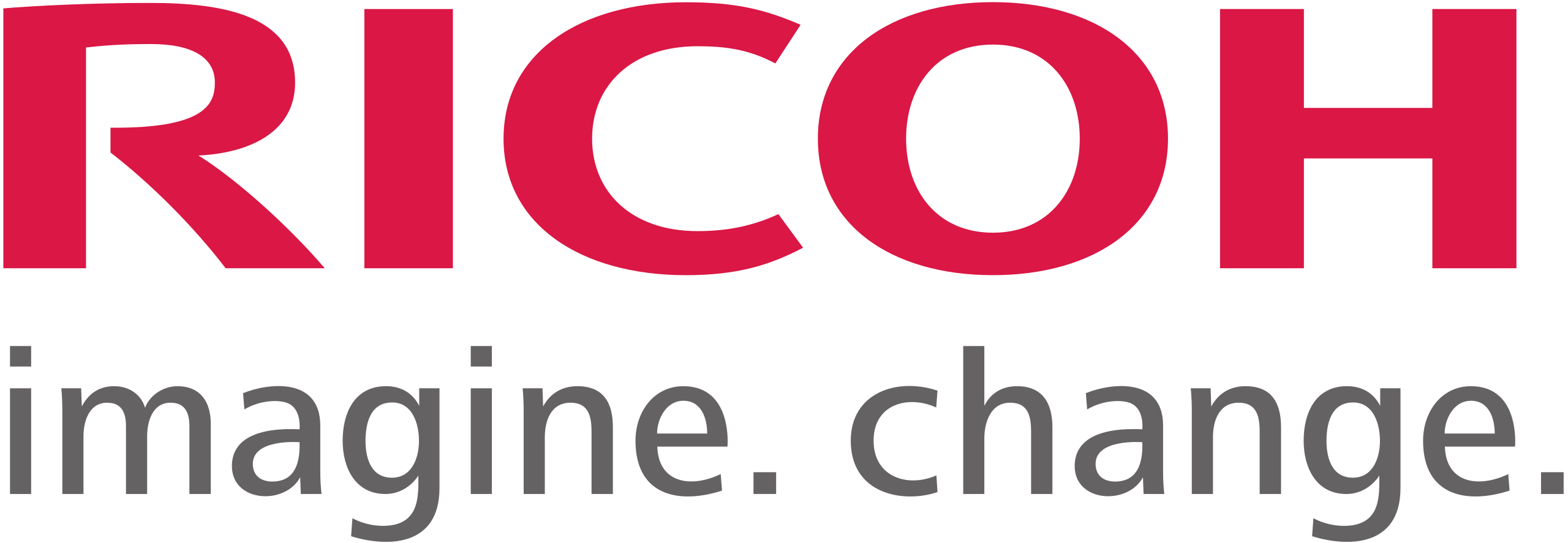5 min read
How Managed IT Services Support Educational Institutions
By:
Standley Systems Staff
on
June 11, 2024
Updated: July 8, 2024

Managing IT can be a big challenge in the education world. Many institutions require a level of service consistent with an internal IT team, but that may not be a reality for some organizations. There are always changing data privacy regulations to navigate, too, which is a hefty undertaking.
Managed service providers (MSPs) can significantly improve outcomes for educational institutions, especially in the area of IT. These organizations provide high-quality, consistent tech services so school leaders can focus more on engaging students and growth.
Find out just how beneficial managed IT services can be in the education realm.
Where IT Fits into Education
Many of today’s classrooms must integrate the latest technologies and innovations, especially in higher education. New tools enhance the student experience and provide solid support for instructors. Here are a few ways IT is important in modern education:
- E-learning and remote classes: Much of the world now works and learns remotely. This means educational institutions need to invest in tools that make remote classes and e-learning possible, including student portals and discussion boards alongside video conferencing software.
- Administrative efficiency: The right tech tools ensure everything on the back end of education is efficient and organized.
- Student engagement: Today’s students are tuned into the latest technologies and expect a high level of attention to IT from their schools. New tech resources can improve engagement and success.
Unfortunately, many educational institutions face IT roadblocks related to outdated tools and infrastructure. They must also contend with evolving cybersecurity threats, which can impact student and faculty data. Without a dedicated IT team, these concerns may not be as high of a priority as they should be.
How MSPs Improve IT for the Education Sector
MSPs help educational institutions address many IT-related concerns. They essentially act as a supplemental internal IT team if the organization doesn’t already have one. MSP teams bring their expertise in cybersecurity, cloud services, AI, automation, and much more.
Working with an MSP reduces the need for a large in-house IT team, saving the school money and time. Managed IT services are also helpful in providing solutions during busy times, like the beginning of the school year or during final exams.
With a team of experts behind IT services for education, schools can ensure data is secure, networks are always up and running, and any issues are addressed immediately. This also improves the student experience and gives extra support to staff and faculty.
Addressing Data Privacy Concerns
Schools must continuously navigate data privacy regulations and other laws related to education. One big one is the General Data Protection Regulation (GDPR), which technically only applies to the EU, but there are ramifications for organizations in the US if they manage any EU residents. This law requires stricter data handling practices to follow.
Another law is the Family Educational Rights and Privacy Act (FERPA), which allows parents to access their children’s education records.
MSPs help ensure educational institutions comply with these applicable data privacy laws and implement tighter security practices, such as internal audits, access controls, and data encryption.
Facilitating Collaboration Between IT Teams and MSPs
MSPs also work to ensure the two teams—the MSP and the school staff—collaborate effectively. This means setting clearly defined roles and responsibilities, having consistent meetings, and embracing tools that facilitate easier communication.
Success may take additional training for the internal IT staff, and MSPs can also provide that. They can help with continuous professional development, upskilling, and helping the company scale its IT function overall.
Top Cost Considerations and ROI for Schools
Of course, any organization may be wary of hiring out services because of the cost. Institutions should conduct a cost-benefit analysis to start, comparing the costs of implementing an internal IT team versus an MSP to handle necessary IT tasks. Fortunately, going the MSP route can prove to be a worthy investment that maximizes ROI over the long term.
A few ways this happens:
- Higher engagement of students as well as better outcomes with enhanced technology
- Reduced downtime with school networks and systems
- Greater operational efficiency for each component of administration
- Proactive maintenance and monitoring
- Fewer unexpected issues
When the entire IT function can improve, that means savings for the organization. MSPs ensure schools get these benefits throughout the relationship.
Complementing IT with an MSP
Remember that an MSP can come in and complement the small team you already have, transferring their knowledge and helping current systems improve and adapt. Either way, IT services for education can help schools succeed.
Educational institutions should consider an MSP partnership for access to new technologies, expert network monitoring, and data privacy compliance. Allowing an MSP team to handle these concerns means lower costs and more time for leaders to focus on the institution’s mission.
Standley Systems is committed to delivering expert MSP solutions to the education sector and beyond, from managed IT services to workflow solutions to business transformation assistance. Reach out to the Standley team today to talk to an IT professional about your school’s technology requirements.

 800-522-3725
800-522-3725 info@standleys.com
info@standleys.com Support
Support











